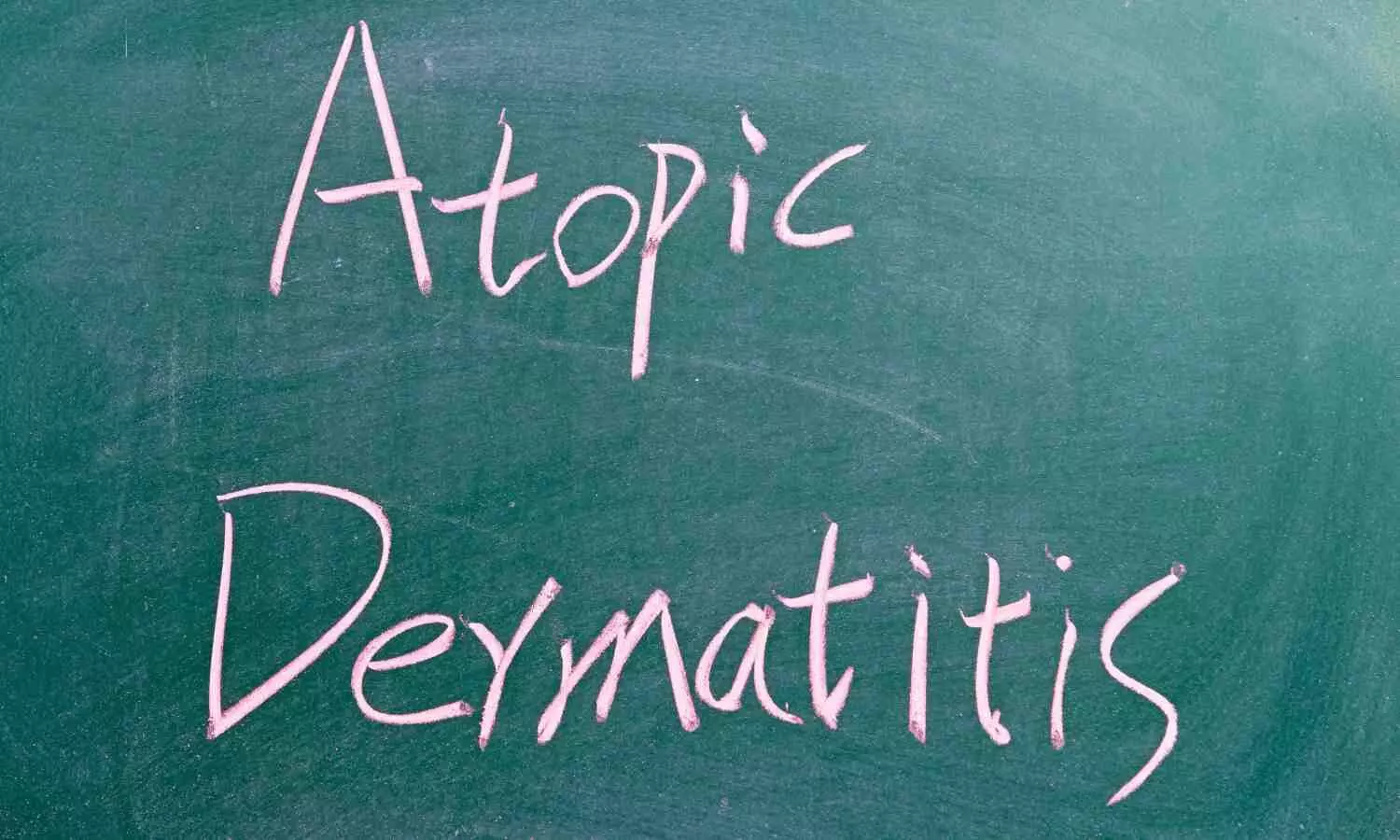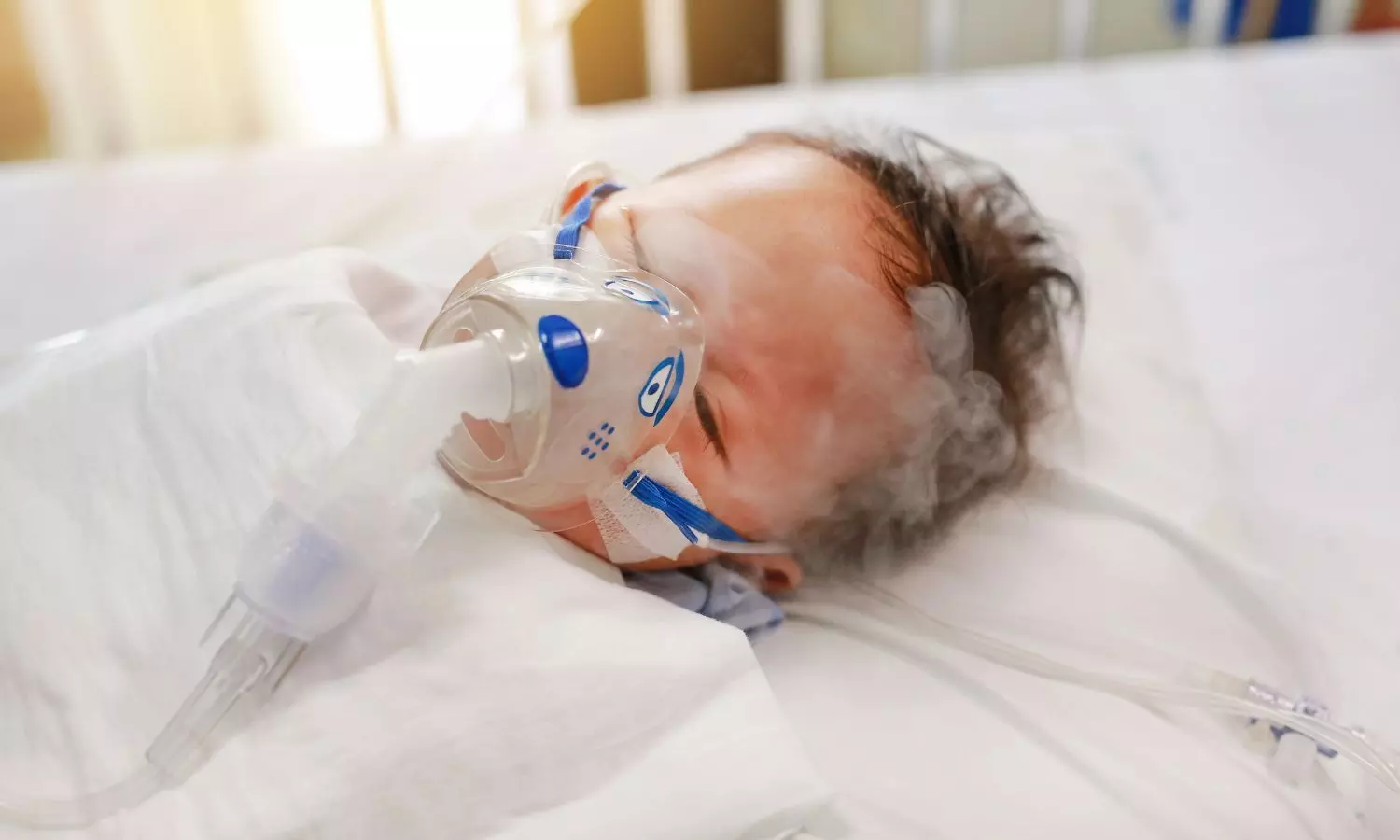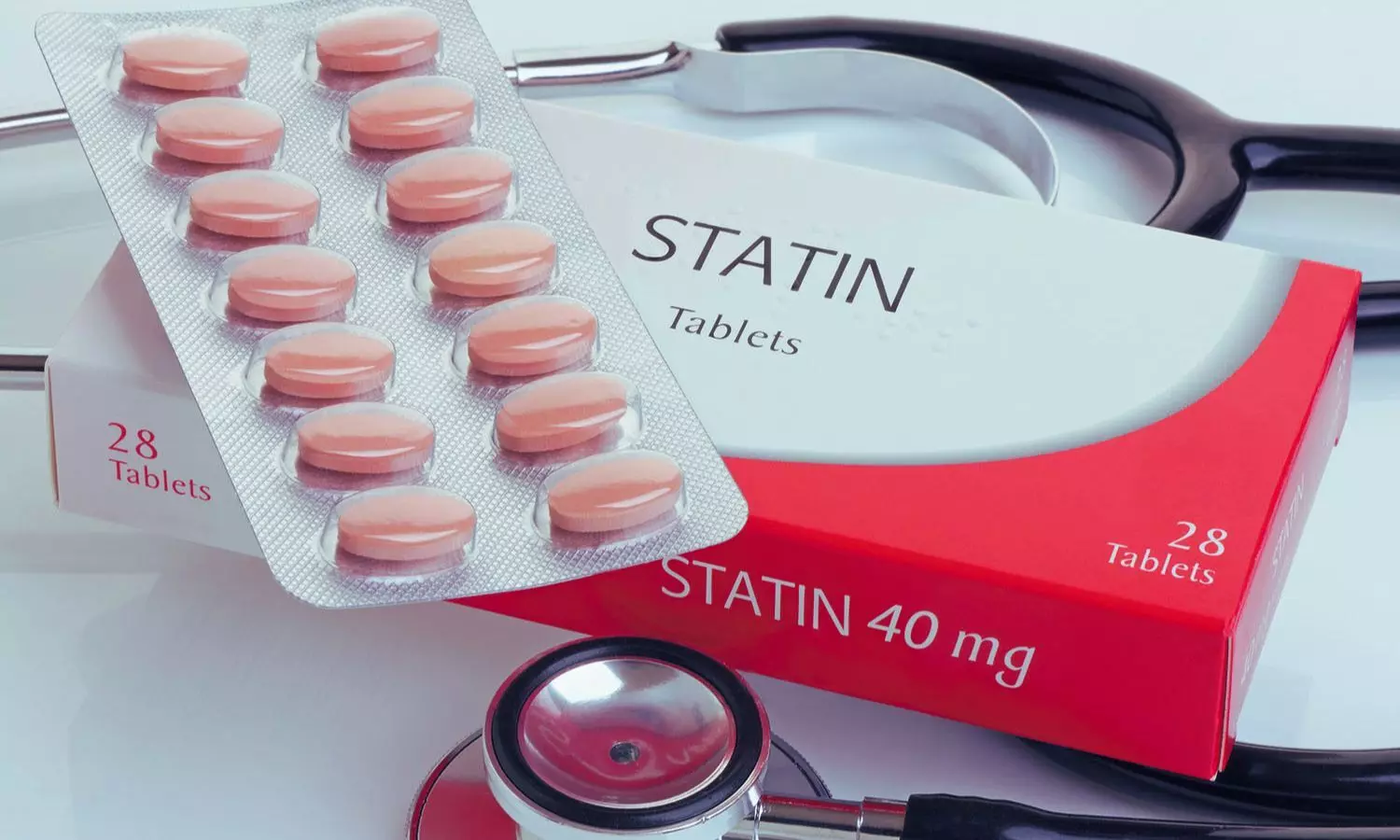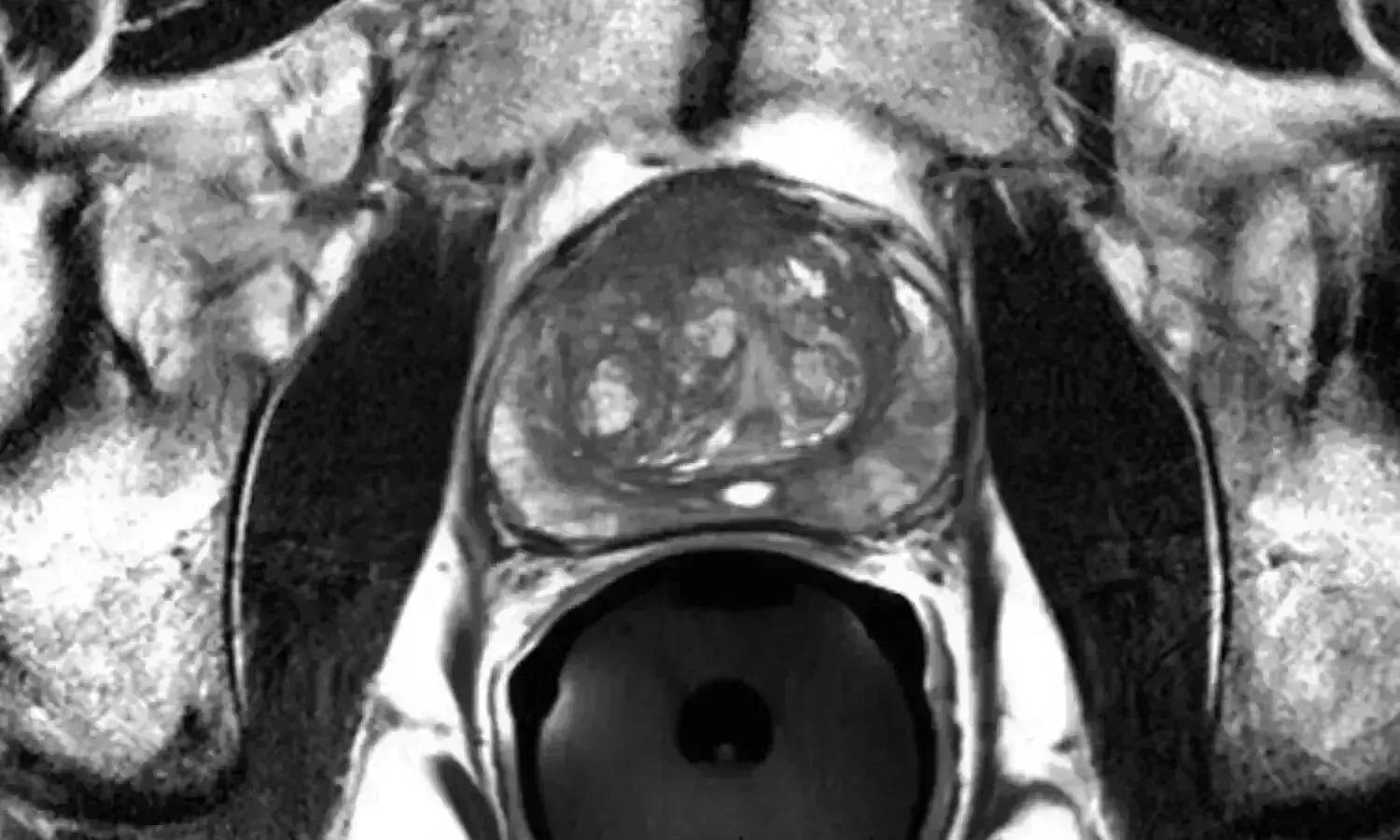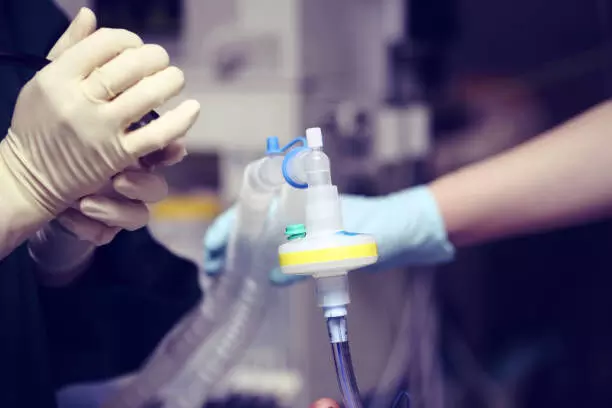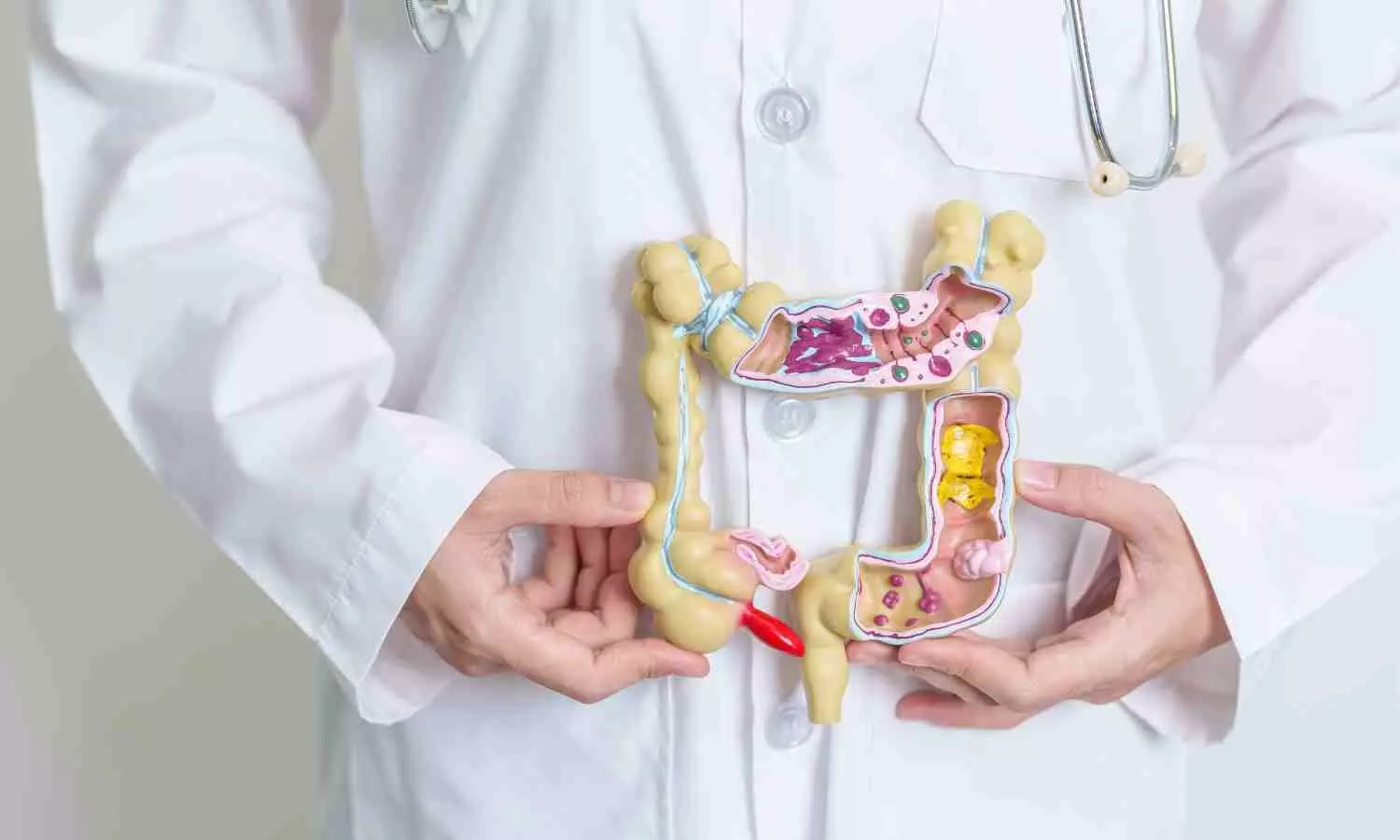Atopic dermatitis (AD) is a chronic inflammatory skin disorder with limited treatment options for adolescents with moderate-to-severe disease.
Lebrikizumab is a monoclonal antibody targeting interleukin (IL)-13. Researchers have found in first of its kind study that Lebrikizumab was associated with clinical benefit among patients atopic dermatitis and skin of color.
In this study, treatment with lebrikizumab, an investigational medicine, showed improvement in skin clearance and itch relief. These late-breaking results from a Phase 3 study are being presented today at the American Academy of Dermatology (AAD) Annual Meeting.
The lebrikizumab efficacy results from this trial are consistent with data in other Phase 3 studies, which further reinforces lebrikizumab’s potential to be a first-line biologic treatment following topical prescription therapies for people across a range of skin tones with moderate-to-severe atopic dermatitis.
“People with skin of color are disproportionately affected by atopic dermatitis, often experiencing more severe symptoms, a delay in diagnosis and a lengthier timeframe to find appropriate treatment. They also have been historically underrepresented in clinical trials, which means we have lacked data pertaining to the treatment of patients with skin of color,” said Andrew Alexis, M.D., M.P.H., Professor of Clinical Dermatology and Vice Chair for Diversity and Inclusion in the Department of Dermatology at Weill Cornell Medicine, a dermatologist at New York-Presbyterian/Weill Cornell Medical Center, and lead study investigator. “With these initial results, Lilly is taking a step toward investigating the needs of people with skin of color affected by atopic dermatitis.”
The initial 16-week data from this study evaluated 50 patients with moderate-to-severe atopic dermatitis and darker skin tones as measured by the Fitzpatrick scale, including people who self-identify as Black or African American (80%), Asian (14%), American Indian or Alaska Native (6%). Of the 50 patients, 11 also self-identified as Hispanic/Latinx (22%) with the remaining 39 self-identifying as non-Hispanic/Latinx (78%). All patients received lebrikizumab 500-mg subcutaneously initially and at two weeks followed by 250-mg subcutaneously every two weeks to Week 16. Results at 16 weeks were consistent with the 16-week results from the ADhere and ADvocate 1 & 2 studies.
- 68% of people experienced significant improvement of at least 75% in disease extent and severity (EASI-75)*.
- 46% of people experienced at least 90% improvement in disease extent and severity (EASI-90)†.
- 39% of people achieved clear or almost clear skin (IGA 0,1)‡ with a reduction of at least two points from baseline.
- 56% of people experienced clinically meaningful itch relief (PNRS ≥4-point improvement)§.
No new safety signals were observed and there were no serious adverse events reported. The study also included a physician assessment of changes in post-inflammatory pigmentation using the newly developed PDCA-Derm™ scale. Full efficacy and safety results from the study will be shared at future congresses.
“Lebrikizumab is the first investigative treatment for atopic dermatitis to disclose robust efficacy data specifically for people with skin of color, who may experience barriers to treatment or inequitable care,” said Mark Genovese, M.D., senior vice president of Immunology Development at Lilly. “Through clinical trials like this, we hope to deliver more breakthroughs to make life better for people who have been underserved.”
Lilly is committed to finding solutions to elevate care and improve treatment outcomes for all people living with dermatologic conditions, including addressing the unmet needs of people with skin of color. The company’s work to advance health equity in dermatology is focused on engaging in impactful research that improves patient care, supporting health care providers with education to increase awareness of dermatologic diseases in patients with skin of color, and empowering the patient voice so patients can make their needs known and actively partner to find meaningful solutions.
Specific to clinical research, Lilly continues to engage in efforts to involve a more diverse range of participants in clinical trials and establish clear, measurable goals to drive progress.
Lilly has exclusive rights for development and commercialization of lebrikizumab in the U.S. and the rest of the world outside Europe. Lilly’s partner Almirall S.A. has licensed the rights to develop and commercialize lebrikizumab for the treatment of dermatology indications, including eczema, in Europe.
*EASI=Eczema Area and Severity Index, EASI-75=75 percent reduction in EASI from baseline to Week 16
† Eczema Area and Severity Index ≥ 90 percent Reduction
‡ IGA=Investigator’s Global Assessment 0 or 1 (“clear” or “almost clear”)
§ PNRS=Pruritus Numeric Rating Scale in participants with a baseline PNRS of ≥ 4
¶ Fitzpatrick phototype describes the amount of melanin pigment in the skin by determining constitutional color and the effect of exposure to ultraviolet radiation and “darker skin tone” is defined as IV-VI on the scale
About ADmirable
ADmirable (NCT05372419) is a Phase 3b, open-label, 24-week study, evaluating the safety and efficacy of lebrikizumab in adult and adolescent patients with skin of color and moderate-to-severe atopic dermatitis and defining innovative objective measures of pigment, erythema, and post-inflammatory hyper and hypopigmentation. Patients enrolled in the ADmirable study received lebrikizumab 500-mg subcutaneously initially and at two weeks followed by 250-mg every two weeks until Week 16.2 These interim data, which were analyzed before the completion of the 24-week study, represent primary and secondary endpoints from the study at 16 weeks.
About Lebrikizumab and Clinical Development Program
Lebrikizumab is an investigational, monoclonal antibody that targets IL-13 with high binding affinity and slow dissociation rate, to specifically prevent the formation of the IL-13Rα1/IL-4Rα heterodimer complex and subsequent signaling, thereby inhibiting the biological effects of IL-13. The cytokine IL-13 is key in atopic dermatitis, driving the type-2 inflammatory loop in the skin, leading to skin barrier dysfunction, itch, skin thickening and infection.
The lebrikizumab Phase 3 program consists of five key global studies evaluating over 1,300 patients, including two monotherapy studies (ADvocate 1 and 2), a combination study with topical corticosteroids (ADhere), as well as long-term extension (ADjoin) and adolescent open label (ADore) studies. Further data results from a study dedicated to people with skin of color (ADmirable) and patients previously treated with dupilumab (ADapt) are expected to be shared in late 2024.


